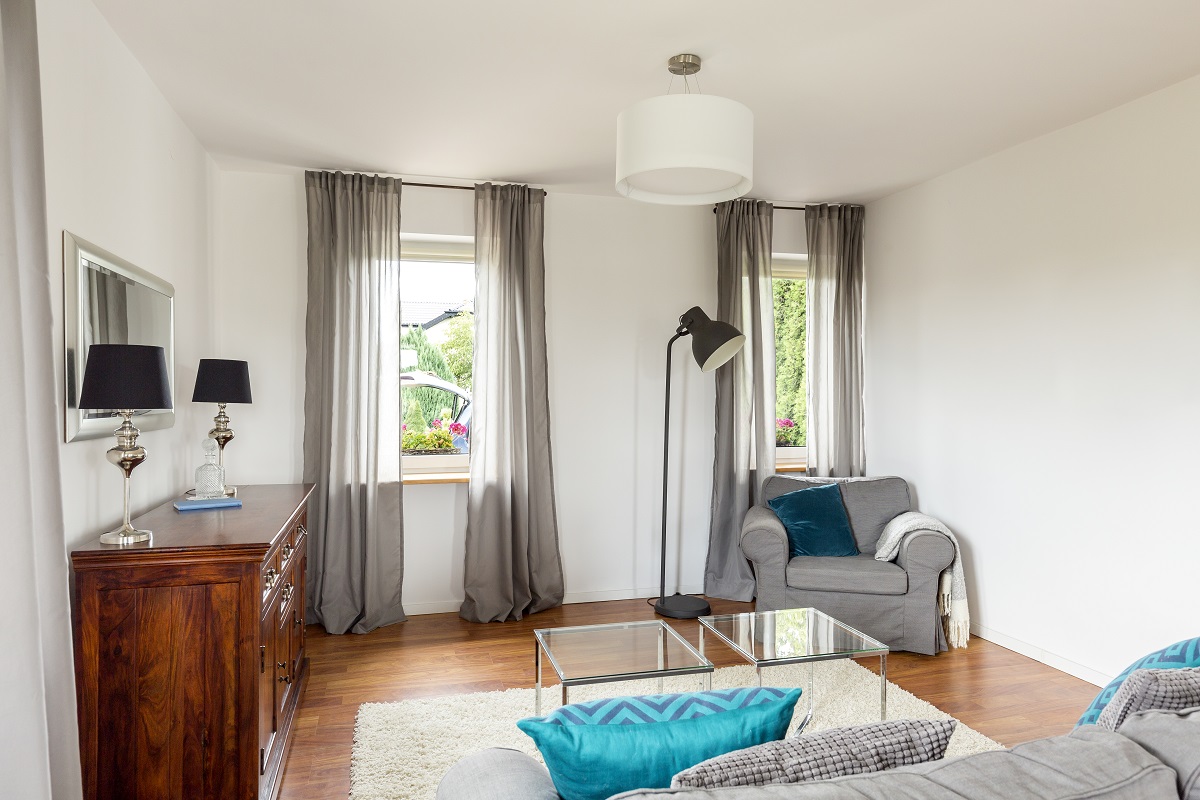The past few years saw the popularity of downsizing and decluttering in the minds and hearts of people. Shows like Tidying Up with Marie Kondo and The Minimalist Lifestyle reveal how much happier everyone’s lives can be when there’s no clutter encroaching on one’s space. It’s time to stop letting possessions and distractions take control. One way to make this happen is by choosing to live in a tiny house instead of an expensive mortgage-fueled large house, with space that no one uses.
The tiny house movement also became the answer to modern-day issues like limited space, rising costs of real estate, and environmental concerns of living beyond one’s means. All you need is a simple construction site setup instead of something massive and complicated to build the tiny house of your dreams.
Lowering one’s carbon footprint
As the effects of climate change become more apparent, many individuals are looking to decrease their carbon footprint. Going through the tiny house route can help in this endeavor as normal-sized houses generate a lot of waste to build and maintain.
According to the Commonwealth Scientific and Industrial Research Organization (CSIRO), people only use 10% of the embodied energy of their houses, which is the energy used in construction, while the rest are considered waste. This doesn’t include the actual waste a household produces during a person’s lifetime. With tiny houses, fewer materials, effort, and energy are required due to its small size.
Tiny houses can also be equipped with solar panels and rainwater catch and filtration systems to lower a person’s carbon footprint further. People living off the grid in their tiny portable houses use these mechanisms as electric lines can be inaccessible. They also build composting toilets to break down natural waste due to the lack of a sewage system in the wild.

Being intentional about clutter
Aside from affordability, tiny houses challenge the creativity of the homeowner as they try to make every furniture multi-purpose. Each square area has a specific function and is not just a space-waster since you can’t afford it. A traditional house might have space for boxes of things you don’t need, but a tiny house will feel suffocating with hordes of materials. They have to be more intentional about what they bring in into their space. It’s time to use the principles of Marie Kondo to take a good look of all one’s possessions. Do they spark joy, or do they only serve as a distraction?
A tiny house will also make anyone an expert with storage. There’s no room for that chair or floor area where you can pile anything because of laziness. Every possession must have its place and returned there when it’s not being used. Optimizing unused spaces like the area below the bed, closet, and shelf spaces will be part of your skill repertoire.
Starting the tiny house journey
It might be exciting to daydream about living in a tiny house. But doing it will take a lot of research and preparation. Places have rules and regulations regarding this exciting piece of real estate, as it is not a typical kind of dwelling. Be sure to read up on how the community you’re eyeing deals with this kind of infrastructure. In the meantime, you can also try renting a tiny house to see what it’s like to live there.


